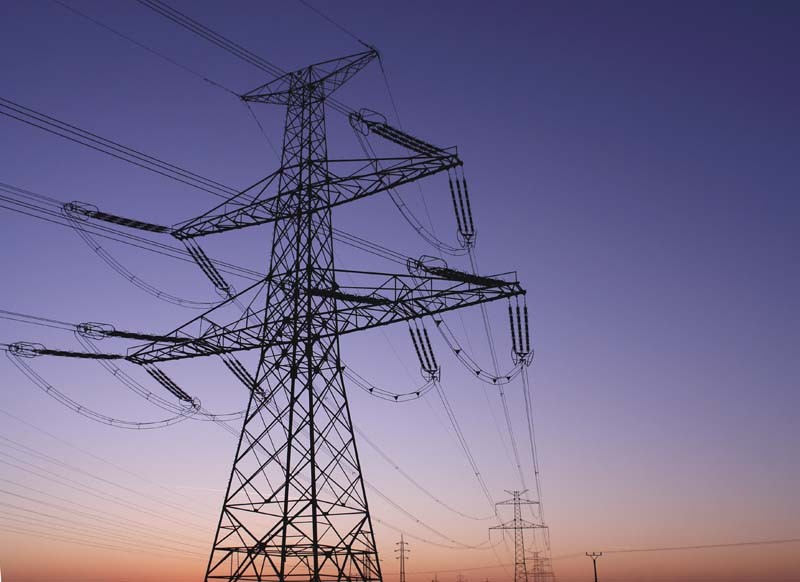A proposed series of 500-kilovolt transmission lines that would run through three Mid-Atlantic states is raising concerns about the entire country’s energy future. Allegheny Energy and Dominion Energy, the two companies behind the proposal, contend that the mega-transmission lines are needed to provide more power to the Mid-Atlantic in order to prevent possible blackouts. Environmental groups and many state representatives say the transmission lines will only make the country more dependent on coal-fired power and will undermine any attempts to establish a clean energy future.
The proposed transmission lines would run 240 miles from western Pennsylvania through West Virginia and into Northern Virginia, enabling the power companies to tap into more energy produced by coal-fired-power plants in the Mid-Atlantic. Much of the power ultimately would be transported to big cities in the Northeast.
The lines are needed “to prevent looming power reliability problems,” argued David Flitman, president of Allegheny Power, during a public hearing in Pennsylvania.
But Robert Marmet, a legal analyst for the Piedmont Environmental Council, says this near-sighted justification is what makes the transmission lines so dangerous. “Nobody is looking at what these lines mean for the future power plans of our country. What kind of energy is going to supply our future? Nobody is stepping back and looking at the big picture.”
The transmission lines would lock the region into dirty energy generation for decades while scarring public lands, including the Appalachian Trail, C&O Towpath, and dozens of cherished trails and vistas in the region’s forests and parks.
But the proposed energy infrastructure will have environmental impacts far beyond unsightly power lines and towers. In October 2007, the Department of Energy created the National Interest Electric Transmission Corridor (NIETC), an area that encompasses eight eastern states, including large pieces of Virginia, West Virginia, Maryland, and Pennsylvania. Within the corridor, the Department of Energy can use eminent domain to take private and public lands within the corridor.
“These lines will permit coal to be burned long after it should have been phased out. Marmet says. “Instead of looking to 21st century solutions like clean gas and wind generation, they’re looking back to the 20th century solution of attaching extension cords to coal-fired-power plants.”
The transmission lines through Pennsylvania, West Virginia, and Virginia must be approved by energy commissions in all three states before construction can begin. All three states have tentatively given their approval. Pennsylvania’s commission ignored its own judges, who advised rejecting the proposed lines.
“The costs and adverse impacts of the [transmission line] clearly outweigh the benefits of it. We are convinced that the project is driven by economics and not by reliability [issues],” the Pennsylvania judges concluded in their report. “Non-transmission solutions such as conservation, demand-side management, the effect of potential carbon caps on demand, and distributed generation, were not studied.”
Even if the Pennsylvania commission had rejected the proposal, the Department of Energy claims that it can overturn state decisions on energy matters, a right it granted itself by creating the NIETC. Many state representatives from the Mid-Atlantic have raised concerns about the legality of the Department of Energy’s ability to overturn state decisions and grant the powers of eminent domain to private utility companies. A coalition of environmental organizations is filing litigation against the Department of Energy.
“There are a wide range of alternatives that have been proven more effective than transmission lines, but they were never studied by the government,” says Andrew Loza, executive director for the Pennsylvania Land Trust. “Instead, the Department of Energy decided to give a handout to the coal industry, essentially locking us into coal power for the next 50 years. If we can force the federal government to look at non-transmission options, many of these proposed lines will be denied.”









